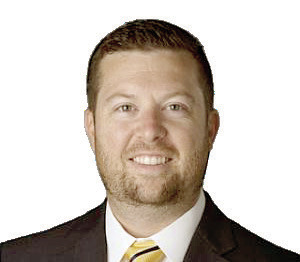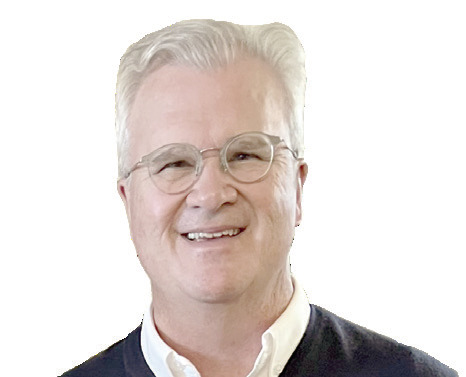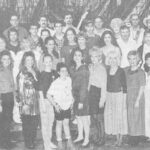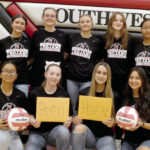Kyle Troutman: Again we ask, are we protected?
Our hearts this week go out to Uvalde, Texas.
On Tuesday, an 18-year-old gunman crashed his vehicle into a ditch behind Robb Elementary School. He entered unobstructed and found his way into a fourth-grade classroom where he killed 19 schoolchildren and two teachers.
The horrific act still has no explanation, and it may never.
The shooting hit close to home in a couple of ways previous killings at Newtown and Parkland didn’t. For one, the incident happened near San Antonio, where my sister currently lives. And secondly, this is an elementary school shooting, and I have a daughter in elementary school.
I have localized coverage of school shootings when it was timely and appropriate, and in the wake of the Uvalde incident, it would be prudent to ask again, are our kids safe?
Every time a mass shooting occurs, the conversation inevitably turns to gun control versus personal freedom. Should the shooter in Uvalde have been able to purchase the weapon he used? Should there be laws made to stop it from happening the same way again?
We can go in circles trying to solve those riddles. Guns in Barry and Lawrence counties are not challenging to come by, and Monett is certainly not immune.
Just three years ago, a Monett student was charged with making a terrorist threat involving a possible school shooting.
So, instead of focusing on the front end, my focus is more on the back end. What are we doing in schools to protect our children?
Protection starts with entryways. In Uvalde, the shooter walked in unobstructed through an unlocked door. In Parkland, the shooter walked freely into the building in the morning like a typical student.
At least a time or two a year, I visit just about all the school buildings in our coverage area. I cannot think of a single door at any of our schools that would not have an intercom and remote unlock system.
In Newtown, the shooter was stalled by a locked door, so he shot through a nearby window to gain access.
Does that mean we should only have bulletproof glass at schools? Probably not. It means entryways are the first line of defense.
If a shooter does manage to get in, what happens next?
Many of our schools over the years have gone through active shooter training. At times, that is a study of historic school shootings, using real-life videos, stories and drawings to give reference points for how to respond.
Other times, it’s an on-the-move planning session, with exercises that help prepare not only the schools, but also law enforcement, on how to respond. Things like getting in and out of buildings safely, classroom layout and communicating in code are part of those drills.
In 2018, we did our own active shooter training with Monett School Resource Officer Jay Jastal and Officer Juan Salazar following the shooting at an Annapolis, Md., newspaper. For us, the first goal is to exit the building. If that’s not possible, it was a “hide or fight” situation.
School shootings and business shootings are a bit unequal. I’m not responsible for 20 10-year-olds in our office. Still, the session was informative and gave me a better idea of how police respond in such situations.
It’s unfortunate we keep having to bring these topics up. Maybe one day, there can be some compromise and action taken that lessens the frequency of mass shootings.
Until then, all we can do is protect ourselves in the most practical and effective ways possible.
Kyle Troutman has served as the editor of the Cassville Democrat since 2014. In 2017, he was named William E. James/ Missouri Outstanding Young Journalist for daily newspapers. He may be reached at 417-847-2610 or [email protected].
“Guns in Barry and Lawrence counties are not challenging to come by, and Monett is certainly not immune. Just three years ago, a Monett student was charged with making a terrorist threat involving a possible school shooting.”







